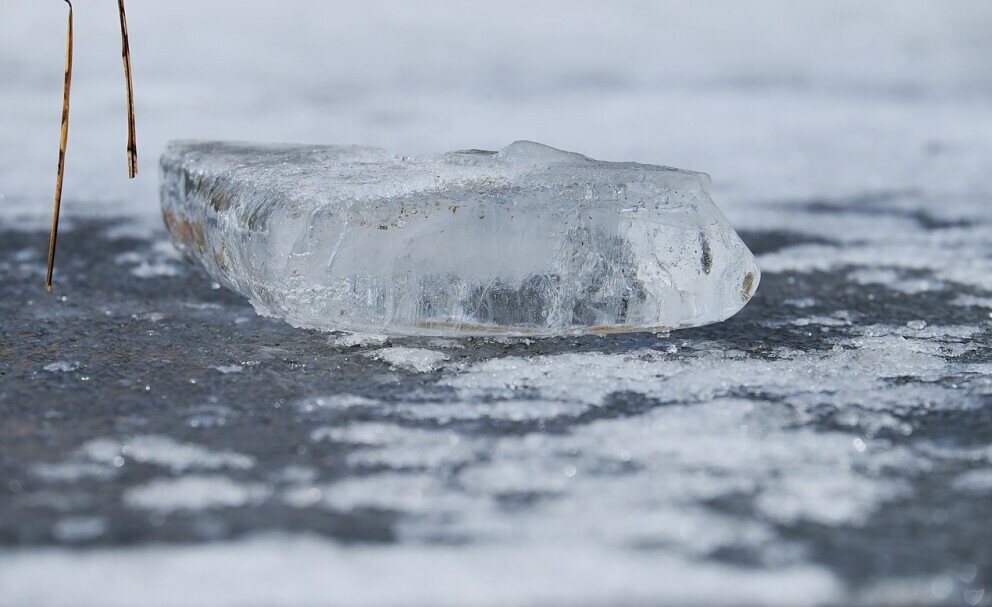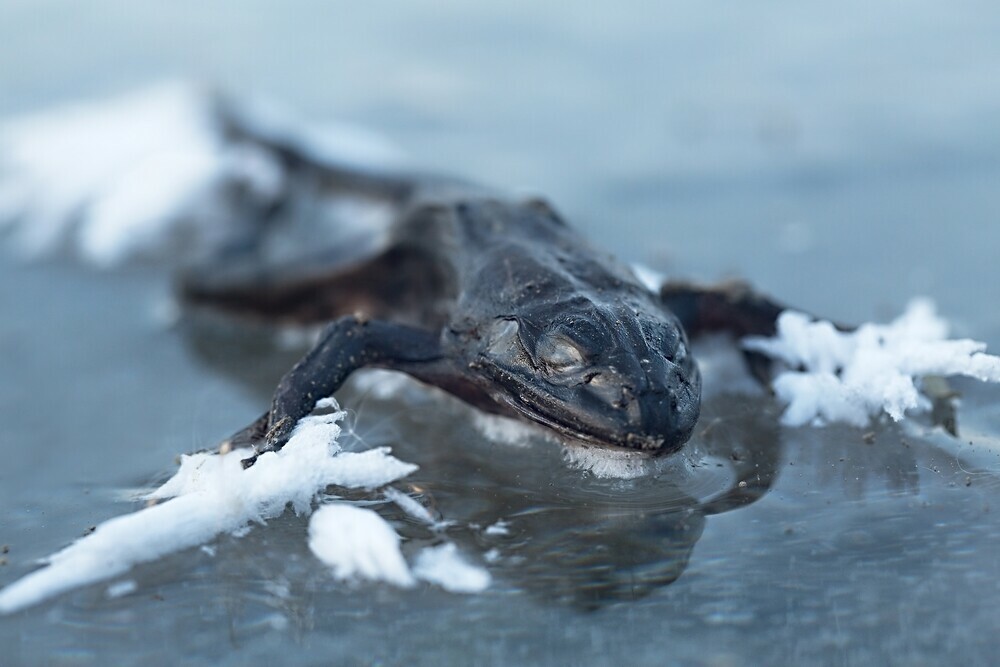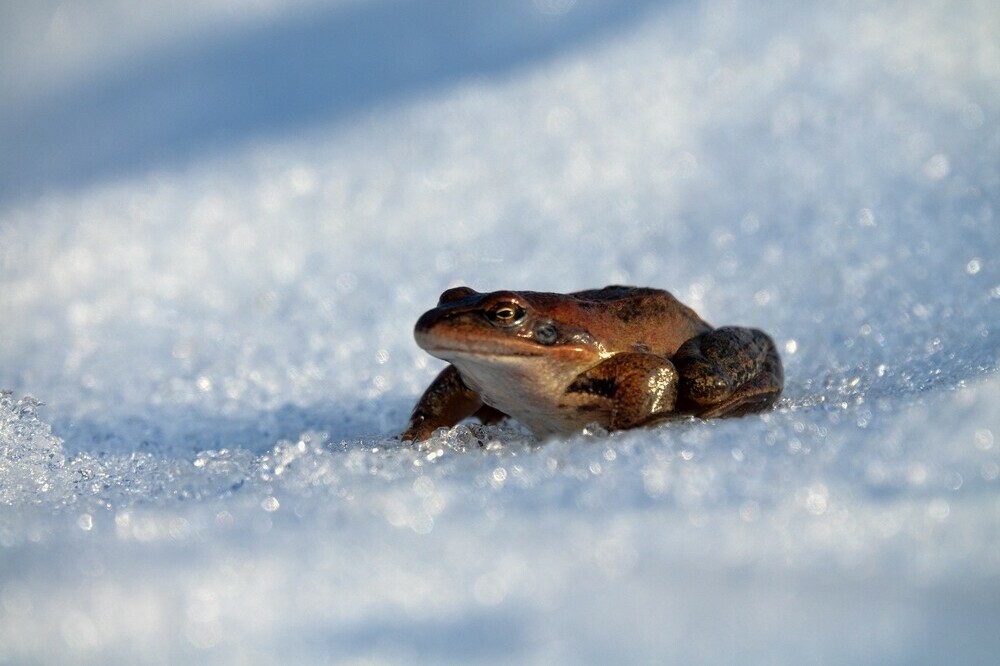If you’ve ever walked by a frozen pond and wondered if any creature could survive under that icy surface, guess what? They are. Frogs and toads have incredible adaptations that let them slip into a state of suspended animation during the cold months. Research has helped in understanding the hibernation patters in frogs and toads.

This isn’t just about staying warm – it’s a complex dance of survival that balances body temperature, metabolism, and the need to avoid predators.
Hibernation in these creatures isn’t the same as napping. Imagine your body slowing down to the point where you don’t need to eat or move for months. In my opinion, that’s one of nature’s most brilliant survival strategies. These amphibians don’t just survive the winter; they’ve developed a system that allows them to thrive in the spring.
Why focus on frogs and toads? Because they are sentinel species whose health is predictive of environmental conditions. Understanding their hibernation patterns not only satisfies our curiosity but also provides valuable data for conservation efforts. So, choose something that resonates with you: maybe it’s the love for these amphibian creatures or an interest in environmental science. Either way, I’m here to help you with unlocking the secrets of hibernation in frogs and toads.
You might be wondering how frogs and toads manage to hibernate in frozen ponds without freezing to death. That’s going to include some pretty wild adaptations, like special ‘antifreeze’ in their blood and the ability to breathe through their skin. We’ll explore how they find the perfect hibernation spot—whether it’s at the bottom of a pond, buried in the ground, or tucked away under leaf litter.
Keep in mind that hibernation is just one part of their yearly cycle. In the following section, you’re going to find out about how frogs and toads prepare for hibernation. It’s crucial to understanding their life cycle, behavior, and the chances of survival in rapidly changing climates.

The Mechanics of Hibernation: A Closer Look at Frogs and Toads
I’m going to take you through the fascinating process of hibernation. This isn’t just a long nap; it’s a complex physiological transformation that frogs and toads undergo to survive in the wild. During the colder months, these amphibians enter a state of dormancy that seems almost like a deep sleep but is, in fact, a survival mechanism finely tuned by evolution.
So what happens during hiberscule epsiode? Let’s unpack that. Frogs and toads reduce their metabolic rate dramatically. It’s a bit like turning down a thermostat to conserve energy in your home when you don’t need as much heat. Their body systems slow down so much that it would look like they’re not alive if you didn’t know any better.
In my opinion, the most astounding part of this process is how they manage to prevent their cells from freezing. Some species of frog actually produce a kind of antifreeze substance in their blood. So, you’re going to find out about glycerol and other cryoprotectants these creatures synthesize to protect their vital organs against the freezing temperatures – it’s truly a marvel of nature.

You can always be amazed by how adaptable these creatures are, but don’t worry too much about their comfort; they’ve been doing this for millennia. Once the warmer weather returns, their bodies gradually reactivate, resuming normal function as if they were waking from the deepest sleep you could imagine.
Choose something that resonates with you from this miraculous adaptation – maybe it’s the sheer will to survive or the intricacy of biological processes. There’s a lot of opportunity in studying and understanding these mechanisms, not just for academic purposes but also to appreciate the resilience of nature.
How Do Frogs and Toads Actually Hibernate?
I’m going to take you through what actually happens when frogs and toads settle down for their long winter nap. It’s a fascinating process, really, and involves some pretty incredible adaptations.
When the temperature drops, frogs and toads enter what’s called a state of brumation, not really hibernation as we know it. That’s their version of winter dormancy. Think of it like putting your computer on ‘sleep mode,’ but for their entire bodies.
You might think they just dig a hole and call it a day, but it’s way more complex. Depending on the species, they have different methods. Some burrow into the mud at the bottom of ponds, essentially becoming a part of the pond bed. Others might tuck themselves away in cracks or underground dens called hibernacula.

Their metabolism slows down to an incredibly slow rate to conserve energy. They don’t need to eat because they live off the energy reserves they’ve stored up in their bodies. It’s like they’ve got their own built-in pantry to last the winter.
One thing that blows my mind is that some of these amphibians can survive being frozen solid. Wait for it… their blood contains high levels of glucose which acts like a natural antifreeze. That’s some superhero-level adaptation if you ask me.
Now, before we move on to see how weather and climate changes are affecting these hibernation habits, just remember how critical a stable environment is for these creatures. Any shift can be a massive deal for them.
Adapting to the Environment: How Frogs and Toads Thrive
Now, let’s explore how these animals not only survive but actually thrive during hibernation. You might think that hibernation is just about ‘sleeping’ through the tough times, but there’s so much more to it. Frogs and toads have exceptional adaptations that make them real-life survival experts in their chilly habitats.
First off, understand that hibernation isn’t a ‘one-size-fits-all’ state. Some species actually produce a kind of biological antifreeze. This glycerol-based substance prevents their vital organs from freezing solid, even when the temperatures drop below freezing.
It’s critical to comprehend that while in this suspended state, the metabolism of these amphibians slows down dramatically. They don’t need to eat because their bodies are using energy at a snail’s pace. Think of it as the ultimate power-saving mode, where they prioritize vital functions and put everything else on hold.
Interestingly, where frogs and toads decide to hibernate impacts their survival strategy. Terrestrial ones burrow deep into the soil or find crevices below the frost line. They’re literally insulated by the earth itself. Aquatic species might bury themselves in mud at the bottom of a pond, relying on the water and mud to maintain a stable, albeit cold, temperature.
These various strategies are perfect examples of how these animals are in sync with their ecosystems. They not only adapt but also optimize their chances of making it through to spring. With the coming of warmer weather, they emerge ready to continue their life cycle, demonstrating the resilience of their species. This adaptability is a key factor in their survival and an incredible aspect of their biology worth paying attention to.
Wrapping Up the Wonders of Frog and Toad Hibernation
I’ve taken you through the remarkable world of how frogs and toads hibernate. By now, your curiosity might have blossomed into a full-blown interest, and I hope you’ve gained a sense of the complexity and resilience of these fascinating creatures.
Choose something that resonates with you, whether it’s the meticulous preparations they make, their unique physiological adaptations, or the importance of conserving their habitats. Remember, these amphibians play critical roles in our ecosystems, and understanding their hibernation patterns is a step towards appreciating and protecting biodiversity.
You can always adjust your approach down the path by learning more or even contributing to local conservation efforts. Your first attempt doesn’t need to be your last – every bit of knowledge or action helps.
I really hope that the information shared has not only informed you but also inspired you. These creatures’ survival techniques are nothing short of extraordinary, and they have much to teach us about adaptation, survival, and the natural wonders of the world we share.
Thanks for spending time with me on this journey through the hibernation habits of frogs and toads. I’d love to hear your feedback, your stories about local wildlife, or your conservation efforts. Feel free to share them and keep the conversation going. Until next time, keep your curiosity wild!
